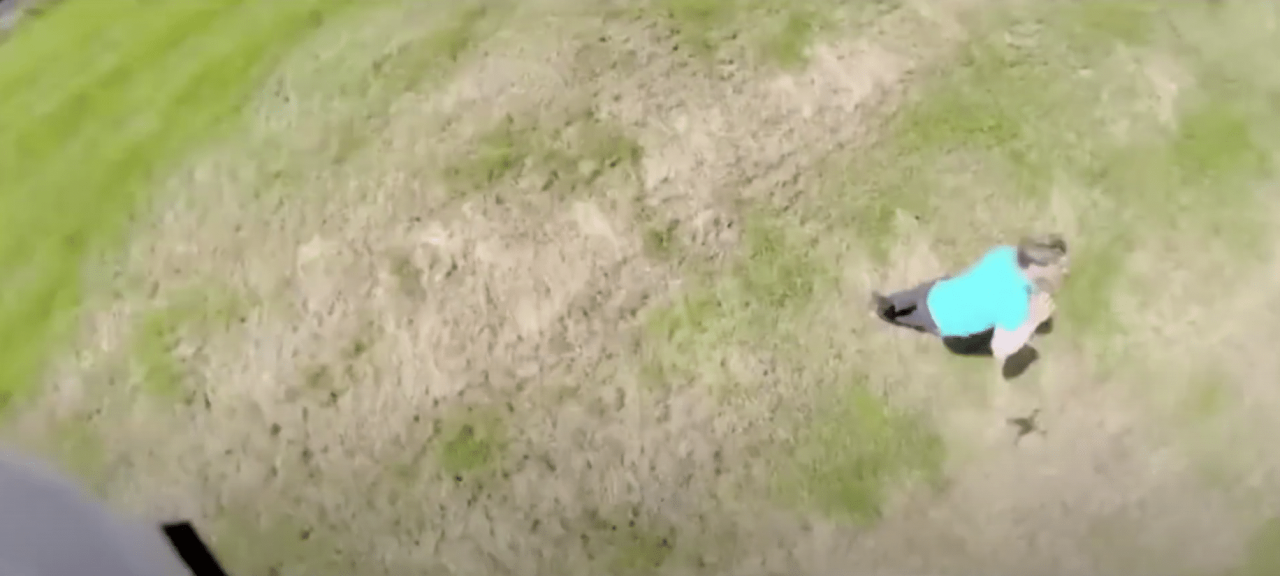Drone show crash: These spectacular displays of coordinated aerial acrobatics can quickly turn disastrous. From software glitches to environmental factors, a multitude of issues can lead to a drone plummeting from the sky. This guide dives into the common causes of drone show crashes, exploring safety protocols, technological vulnerabilities, and environmental challenges to help ensure future shows remain safe and breathtaking.
Understanding the potential risks involved is crucial for both organizers and viewers. We’ll examine different types of crashes, ranging from minor malfunctions to catastrophic failures, and discuss the steps involved in post-crash investigations. By exploring preventative measures and best practices, we aim to minimize the likelihood of these accidents and keep both the drones and the audience safe.
Drone Show Crash Analysis: Understanding Causes and Prevention
Drone shows, while visually stunning, carry inherent risks. Understanding the various factors that contribute to crashes is crucial for ensuring safe and successful performances. This analysis delves into the different types of crashes, safety protocols, technological and environmental influences, post-crash procedures, and illustrative examples to provide a comprehensive understanding of this critical aspect of drone show operation.
Types of Drone Show Crashes
Drone show crashes can be categorized by severity, cause, and phase of flight. Malfunctions range from minor glitches to catastrophic failures, resulting in varying degrees of damage and consequences. Understanding these categories is essential for developing effective preventative measures.
- Causes: Software glitches, GPS interference, battery failure, mid-air collisions, pilot error, mechanical failures.
- Severity: Minor damage (easily repairable), major damage (requiring extensive repairs), total loss (drone unrecoverable).
- Flight Phases: Takeoff, flight maneuvers, landing, formation changes. Crashes are more likely during complex maneuvers and transitions.
- Drone Failures: Motor failure, ESC failure, communication system failure, GPS module failure, structural failure.
Safety Protocols and Regulations
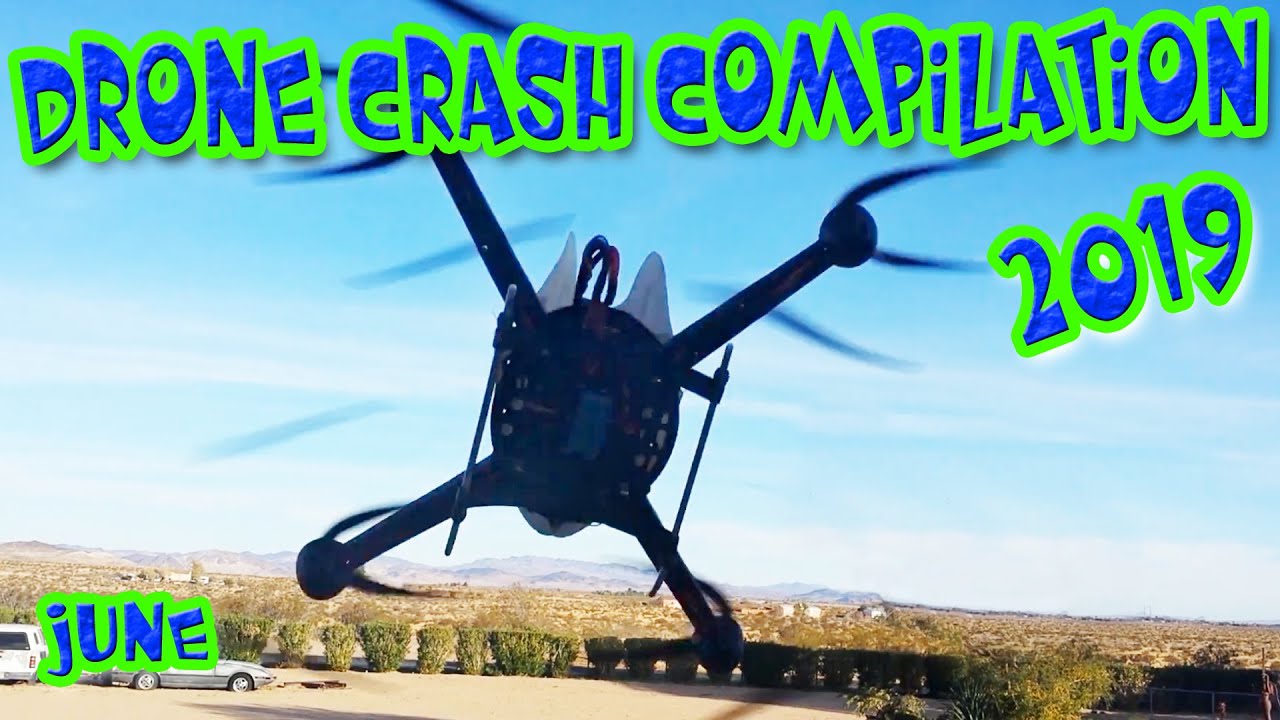
Stringent safety protocols and adherence to regulations are paramount in preventing drone show crashes. This includes comprehensive pre-flight checks, rigorous pilot training, and a robust risk assessment process.
- Regulations: Adherence to local airspace regulations, obtaining necessary permits and licenses, establishing safe flight zones.
- Pilot Training: Experienced pilots with extensive training in drone operation, emergency procedures, and risk mitigation strategies.
- Pre-flight Checks: Thorough inspection of drones, batteries, communication systems, and software updates. Verification of GPS signal strength and environmental conditions.
- Risk Assessment: A detailed assessment considering weather conditions, potential obstacles, crowd density, and contingency plans for various scenarios.
Technological Factors Contributing to Crashes
Technological malfunctions play a significant role in drone show crashes. Software glitches, GPS interference, battery performance, and communication system failures can all contribute to incidents.
- Software Glitches: Bugs in flight control software, firmware issues, and unexpected system behavior can lead to unpredictable drone movements.
- GPS Interference: Interference from other devices or environmental factors can disrupt GPS signals, causing loss of position and control.
- Battery Performance: Low battery voltage, overheating, or cell imbalance can lead to sudden power loss and crashes.
- Communication Systems: Reliability and range of communication systems are crucial. Failures can result in loss of control.
| System Name | Frequency | Range | Reliability |
|---|---|---|---|
| 2.4 GHz | 2.4 GHz | Up to 5km (depending on conditions) | Moderate, susceptible to interference |
| 5.8 GHz | 5.8 GHz | Up to 3km (depending on conditions) | High, less susceptible to interference than 2.4 GHz |
| OcuSync | 2.4 GHz/5.8 GHz | Up to 10km (depending on conditions) | High, automatic frequency hopping |
| Lightbridge | 900 MHz | Up to 7km (depending on conditions) | High, long-range capability |
Environmental Factors Affecting Drone Shows, Drone show crash
Adverse weather conditions and environmental obstacles significantly impact drone flight stability and increase the risk of crashes. Careful consideration of these factors is essential during planning and execution.
- Weather: Strong winds, rain, snow, extreme temperatures can affect drone stability and battery performance.
- Obstacles: Buildings, trees, power lines, and other structures pose significant collision risks.
- Crowded Environments: Flying drones in crowded areas increases the risk of mid-air collisions and unpredictable events.
Environmental Factors and their Impact:
- High winds: Reduced stability, increased drift, potential loss of control.
- Rain/Snow: Reduced visibility, potential short circuits, increased weight.
- Extreme Temperatures: Battery performance degradation, potential component damage.
- Obstacles: Collision risk, potential damage to drones and surroundings.
- Crowds: Increased risk of mid-air collisions, potential for distractions.
Post-Crash Procedures and Investigations
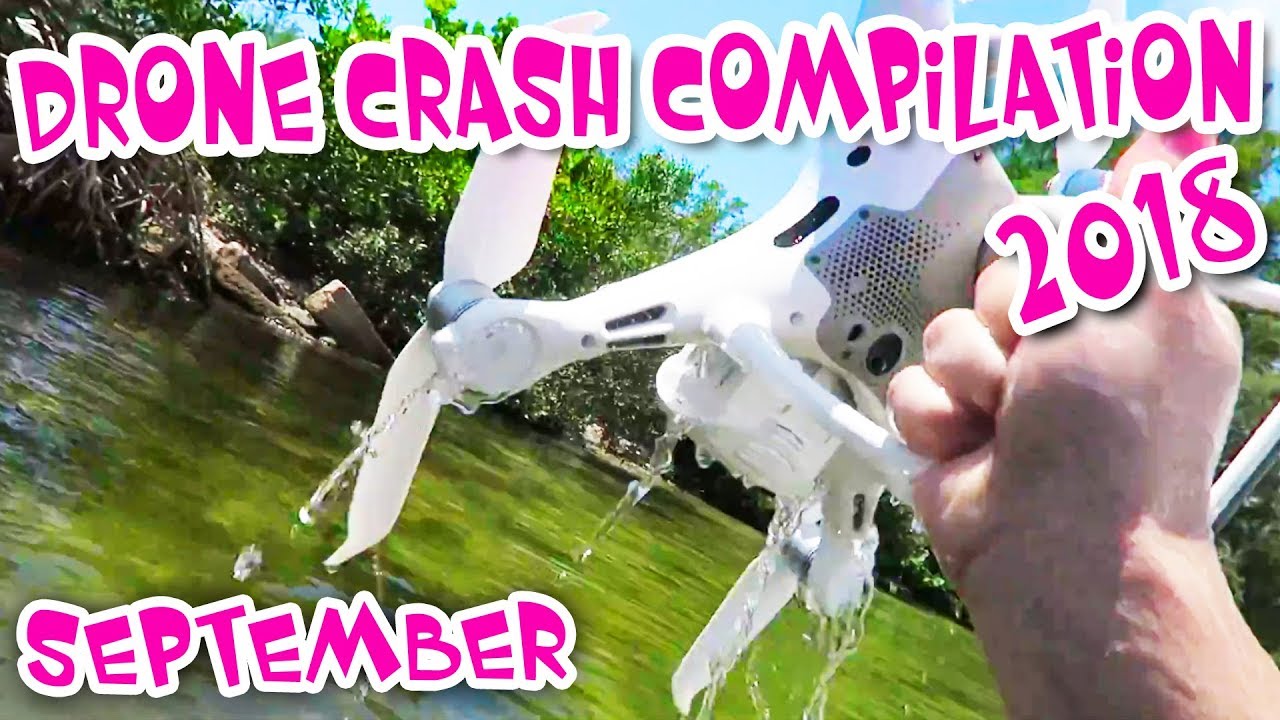
Effective post-crash procedures are crucial for ensuring safety, recovering data, and determining the cause of the incident. A systematic approach is necessary to gather evidence and prevent future occurrences.
- Securing the Crash Site: Protecting the area, preventing further damage, and documenting the scene.
- Data Recovery: Retrieving flight logs, sensor data, and other relevant information from the damaged drones.
- Root Cause Analysis: Thorough investigation using data analysis, witness statements, and drone examination.
Post-Crash Procedure Flowchart (Simplified):
1. Secure the crash site. 2. Recover damaged drones. 3.
Collect data logs. 4. Interview witnesses. 5. Analyze data.
6. Determine root cause. 7. Implement corrective actions. 8.
Review safety protocols.
Drone show crashes are a bummer, especially when you’ve paid good money for tickets or put in tons of work to create the show. To avoid such mishaps, meticulous planning is key, something the organizers of the spectacular niagara falls drone show likely prioritize. Understanding the risks involved, from weather conditions to technical malfunctions, is crucial for preventing a drone show crash and ensuring a successful event.
Illustrative Examples of Drone Show Crashes
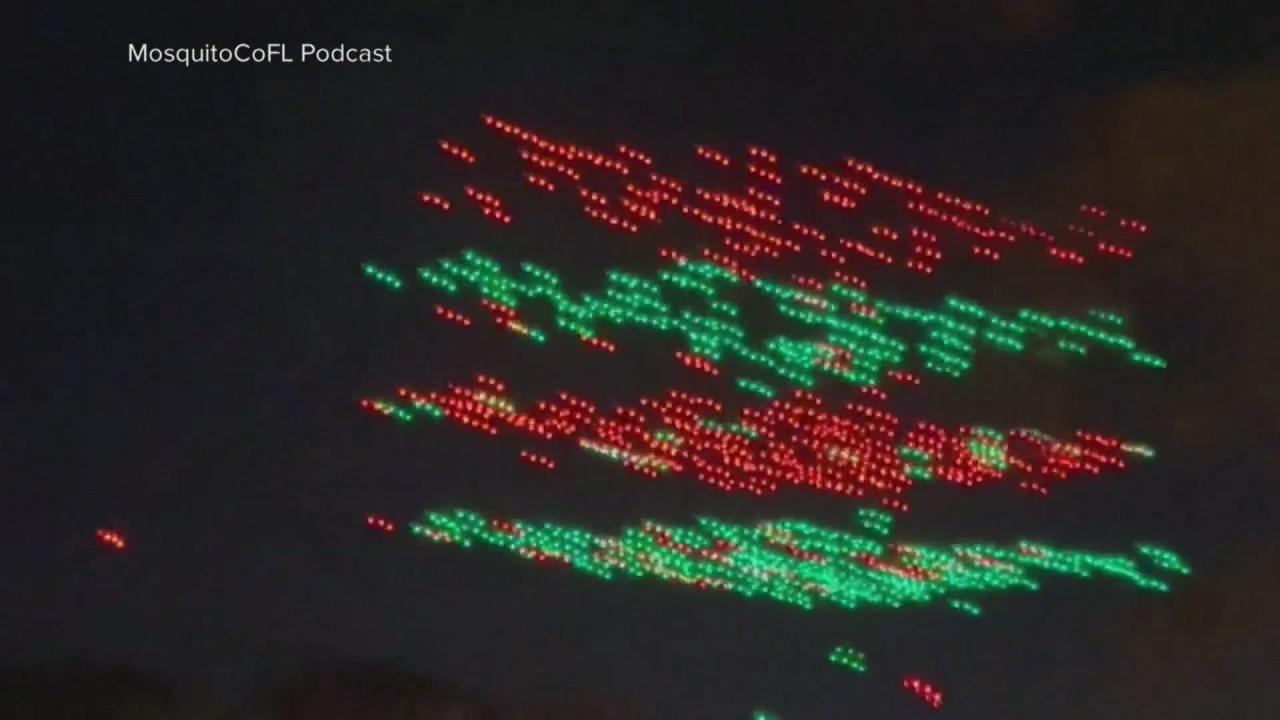
Understanding real-world scenarios helps to emphasize the importance of safety measures. These examples illustrate potential crash scenarios and their consequences.
- Hypothetical Scenario: A drone show in a windy condition experiences a sudden gust of wind. A drone loses control and crashes into a nearby building, causing minor damage to the drone and the building. The likely cause is inadequate wind assessment and insufficient pilot response to changing conditions.
- Mid-air Collision: Two drones collide during a complex formation change. The visual description involves a bright flash of light as the drones’ propellers impact each other, followed by the drones spiraling downwards. One drone sustains significant damage, with broken propellers and a damaged frame; the other sustains less damage but is still non-functional.
- Catastrophic Battery Failure: A drone suddenly loses power during a performance. Before the crash, the drone exhibits erratic flight patterns and a rapid decrease in altitude. The resulting damage includes a broken frame and damaged electronics due to the hard impact with the ground.
Closure: Drone Show Crash
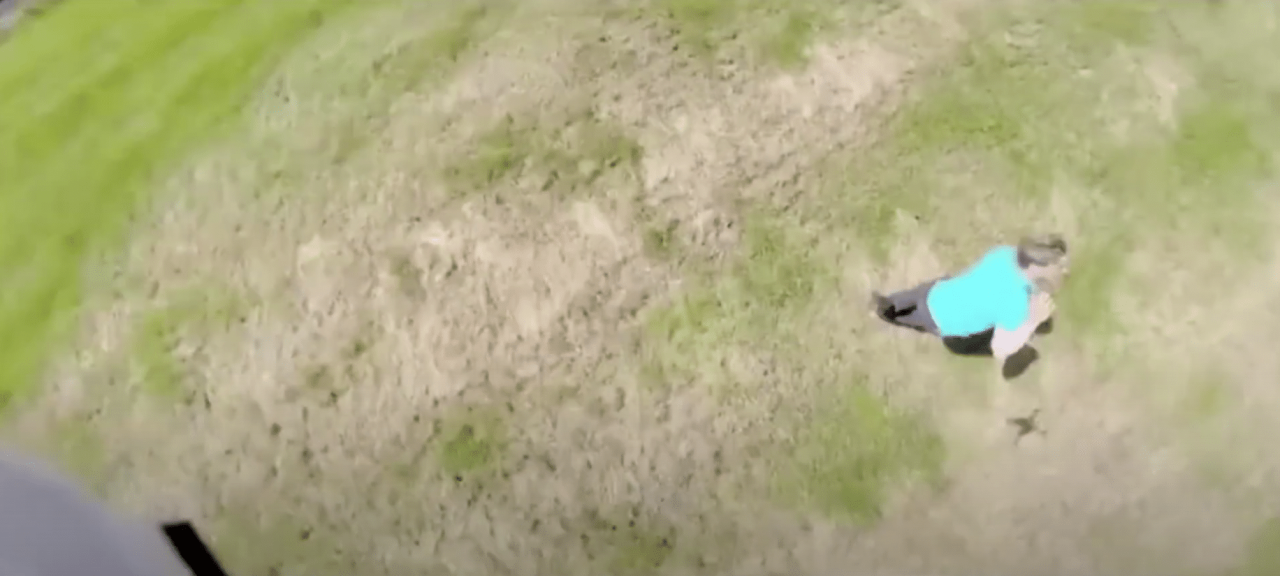
Preventing drone show crashes requires a multi-faceted approach encompassing stringent safety regulations, rigorous pilot training, advanced technological safeguards, and meticulous pre-flight checks. By understanding the various factors contributing to these incidents – from software bugs and GPS interference to adverse weather conditions and environmental obstacles – we can significantly improve the safety and reliability of drone shows. Ultimately, prioritizing safety ensures the continued enjoyment of these captivating aerial performances.
Questions and Answers
What is the average cost of repairing a crashed drone?
Repair costs vary greatly depending on the drone’s model, the extent of the damage, and the availability of parts. Minor repairs might cost a few hundred dollars, while major damage could easily reach thousands.
Drone show crashes are unfortunately becoming more common, highlighting the need for robust safety protocols. A recent incident, like the one described in this article about a drone crash in Paris , underscores the potential for serious consequences. Understanding these failures is crucial for improving the reliability and safety of future drone light shows.
What insurance options are available for drone show operators?
Drone show crashes are unfortunately becoming more common, highlighting the need for robust safety protocols. To avoid similar incidents, organizers should learn from past mistakes and thoroughly inspect equipment. Check out this link for details on a successful Florida drone show, florida drone show , which demonstrates best practices. Analyzing both successes and failures helps us understand how to prevent future drone show crashes.
Several insurance providers offer specialized coverage for drone operations, including liability insurance for potential damage or injuries. The cost and coverage vary based on the scale and risk of the operation.
Are there legal consequences for a drone show crash causing damage or injury?
Yes, legal repercussions can range from fines to lawsuits, depending on the severity of the incident and applicable local regulations. Thorough risk assessment and adherence to safety guidelines are crucial to mitigating legal risks.
How can spectators stay safe during a drone show?
Spectators should follow any instructions given by show organizers, maintain a safe distance from the flight area, and be aware of their surroundings. Avoid touching or interfering with the drones.
